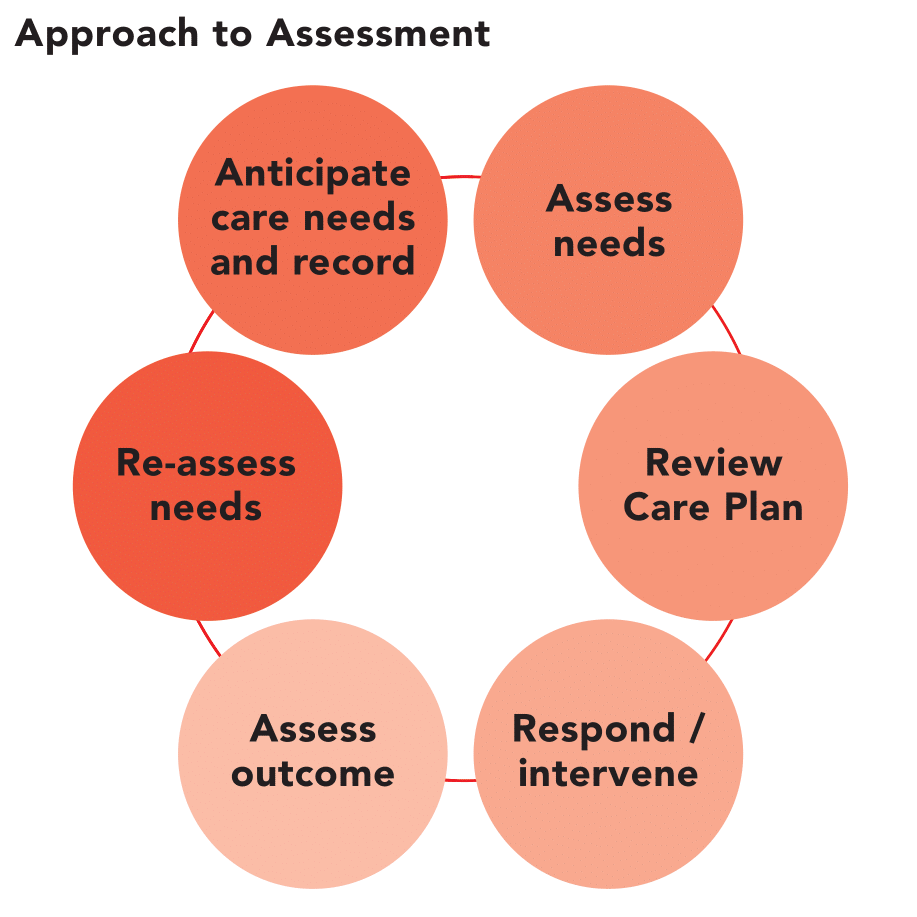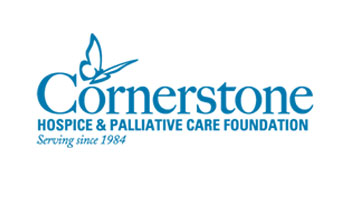
Whether you are looking to have a CT scan or ultrasound, it is important to know what your doctor is trying to find. Based on your symptoms and other factors, your doctor will recommend the most appropriate diagnostic test.
Difference between MRI Scans and CT Scans
CT scans produce images that are clear and detailed. They use X-ray radiation. It is cheaper and usually faster than MRI. It is less invasive than MRI and can be used by larger people or those with claustrophobia.
It can be sensitive when there are diseases or injuries in the area. It can detect cancerous tumors, damage to organs and vascular anomalies like stroke.
Ultrasound uses sound waves at high frequencies to create a picture of your body. It can be used to visualize bones, muscles and other internal organs and is often a part of prenatal care.

Unlike an MRI, an ultrasound is safe for pregnant women to have as long as they don't have any other medical conditions or allergies that could affect the results. In some cases, contrast agents are added to ultrasounds to enhance their images.
A ct is similar in function to an Xray but with better resolution. It also allows you to scan the desired area precisely. It can also be used for diagnosing and treating certain diseases much more quickly than an MRI.
This scan is less ionizing than an MRI, and it's easier on the kidneys. It can also be a good option for patients allergic to liquid contrast agents used in most CT scanners.
The ultrasound may be a better choice for some people, as it is cheaper and has less risk of harming the patient. It is a less invasive option than an MRI. The patient will not be exposed to ionizing radiation.
A CT scan is not recommended when pregnant as the amount of radiation could be harmful to your developing baby. You can reduce the risks of these complications by opting for an ultrasound instead.

Having an MRI with a contrast agent is not safe for pregnant women as the contrast can be harmful to the baby. It is also not recommended for anyone who is taking drugs or has a weak immune system, as it may increase your risk of getting sick.
Patients who have suffered a heartattack or another traumatic event, and are looking for a clear image of their internal anatomy in order to determine if surgery is needed, may benefit from a CT scan. The CT scan is useful for determining brain injury severity and imaging the abdomen in order to diagnose conditions such as cancer or appendicitis. This can be a good option for patients who've suffered a brain injury, as it will help to diagnose the cause. It also allows the patient to receive the appropriate treatment.
FAQ
What would happen if Medicare was not available?
Uninsured Americans will increase. Some employers will drop their employees from their plans. Many seniors will also be paying more for prescription drugs and other services.
What are medical systems and what do they mean?
Medical systems are designed to help people live longer, healthier lives. They make sure that patients receive the best possible care whenever they require it.
They make sure that the right treatment is provided at the right time. They also provide information that doctors need to be able to offer the best advice possible on the most appropriate treatment for each patient.
What is a Health System?
The entire spectrum of health care is covered, including rehabilitation and prevention. It includes hospitals, pharmacies and community services.
Health systems are adaptive complex systems. These systems have emergent characteristics that cannot be predicted by simply looking at individual components.
The complexity of health systems makes them difficult to understand and manage. This is where creativity comes in.
Creativity is the key to solving problems we don’t understand. We use our imaginations and creativity to develop new ideas.
Health systems need people who think creatively because they're constantly evolving.
People who think creatively can help change the way health systems operate for the better.
What are the health care services?
A health care service is a medical facility that provides healthcare services for patients. A hospital is one example of a health care facility. It usually includes many departments such as the emergency department, intensive care unit, operating room, pharmacy, outpatient clinics, etc.
Statistics
- Over the first twenty-five years of this transformation, government contributions to healthcare expenditures have dropped from 36% to 15%, with the burden of managing this decrease falling largely on patients. (en.wikipedia.org)
- Consuming over 10 percent of [3] (en.wikipedia.org)
- Price Increases, Aging Push Sector To 20 Percent Of Economy". (en.wikipedia.org)
- The healthcare sector is one of the largest and most complex in the U.S. economy, accounting for 18% of gross domestic product (GDP) in 2020.1 (investopedia.com)
- Foreign investment in hospitals—up to 70% ownership- has been encouraged as an incentive for privatization. (en.wikipedia.org)
External Links
How To
What is the Healthcare Industry Value Chain
All activities that are involved in providing healthcare services for patients make up the healthcare industry value chain. This includes all the business processes that occur within hospitals and clinics as well as the supply chains that link them to other providers, such as doctors, nurses, pharmacists or insurance companies. The final result is a continuum in care that begins with diagnosis, and ends with discharge.
There are four components to the value chain:
-
Business Processes - These consist of the tasks performed by individuals throughout the entire process of delivering health care. A doctor might conduct an exam, prescribe medication and send a prescription to a pharmacy. Each step must always be done quickly and accurately.
-
Supply Chains are all the organizations responsible for making sure the right supplies reach their intended recipients at the right time. One hospital may have many suppliers. This includes pharmacies and lab testing facilities as well as imaging centers and janitorial staff.
-
Networked Organizations: To coordinate these entities, it is necessary to have some means of communication between them. Hospitals are often composed of many departments. Each department will have its own set office and telephone number. The central point will allow employees to get up-to-date information from any department.
-
Information Technology Systems- IT is vital in ensuring smooth business processes. Without it things would quickly fall apart. IT also allows you to integrate new technologies in the system. A secure network connection can be used by doctors to connect electronic medical records to their workflow.